Fig trees are trees that can be monoecious or dioecious. This means they have different pollination cycles, we will go into more detail about this a bit later. Fig trees produce figs that can be green or purple when ripe. Fig is very spherical and is attached directly to a branch. On the inside of the ripe fig, it is usually red. Fig wasps average size is around 2 to 3 mm. They are usually black and yellow and have transparent wings. As adults, they feed on fluids of wounded animals and nectar. Fig wasps pollinate fig trees. Figs have to us a very bizarre relationship with fig wasps! Figs use fig wasps to be pollinated, however, the fig wasps also use the figs to have an incubation area for their offspring. There are two different types of fig trees. Monoecious and dioecious. The monoecious type of fig tree produces both male and female flowers on the same plant. Whereas the dioecious type of tree has two types of trees: the gall figs and the seed figs. The gall figs have both male and female flowers and the seed figs have only female flowers. This means that the fig-wasp relationship is different in these two types of fig trees. In the monoecious trees the female flowers mature first, they produce a scent, which attracts the pregnant female wasp to it. The female wasp enters the syconium, which is the green structure in which the fig flower is held. The female wasp is intending to lay her eggs. She is carrying pollen from the fig that she was born in, which she deposits once she enters the flower. Then, she starts to lay her eggs, using ovipositors. Having only 24 hours left to live, she injects the flowers with a chemical, transforming them into fat, from which her offspring will be able to feed. Having done this, she dies. After about 2 months, young wasps will enter adulthood. They mate among each other, and the males will bite through the syconium for the females to go through. The males are completely blind and wingless! Their only job is to mate and make a passage for the females. After this, they soon die. The females, on the other hand, collect pollen from the male flowers, which recently ripened. Then, they go to find a new syconium to lay their eggs in and repeat the cycle. However, in the dioecious trees, the life cycle of the wasps is slightly different! If the female enters a female flower in order to lay her eggs, she will pollinate the flower, but her young will not be able to grow! Female wasps often enter the female flower, due to confusion of the scent that the fig produces to attract them. The female fig flower imitates the scent of the male flower in order to “trick” the wasps into pollinating them. Luckily for the wasps, their DNA will still be passed on as at least a few of her sisters or cousins will get to the right male flowers and their young will grow to be adults! The DNA of one wasp is not unique as they mate amongst themselves, meaning that they will all have the same DNA in the batch! Therefore, this cycle can continue to benefit both the wasps and the figs!
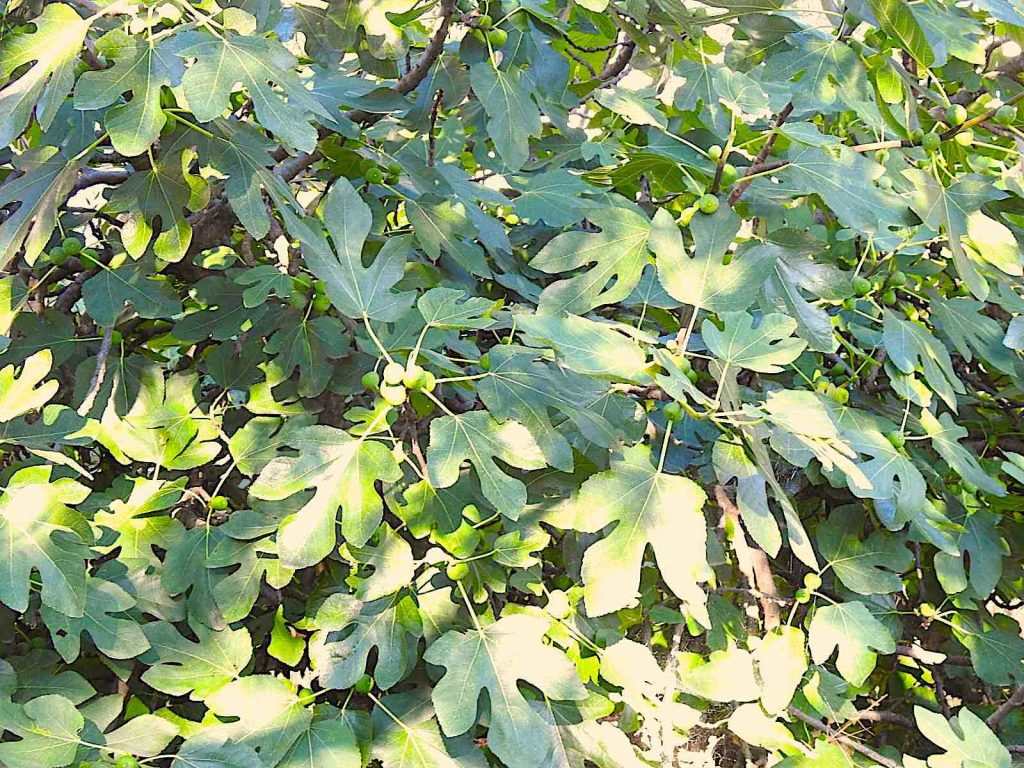
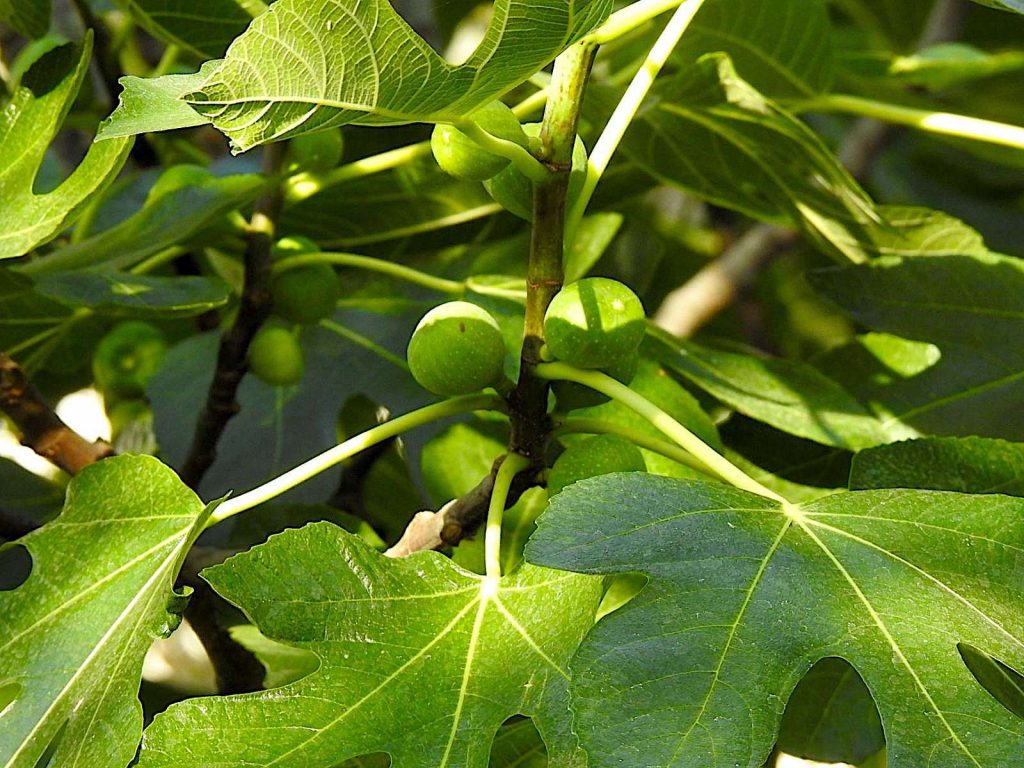
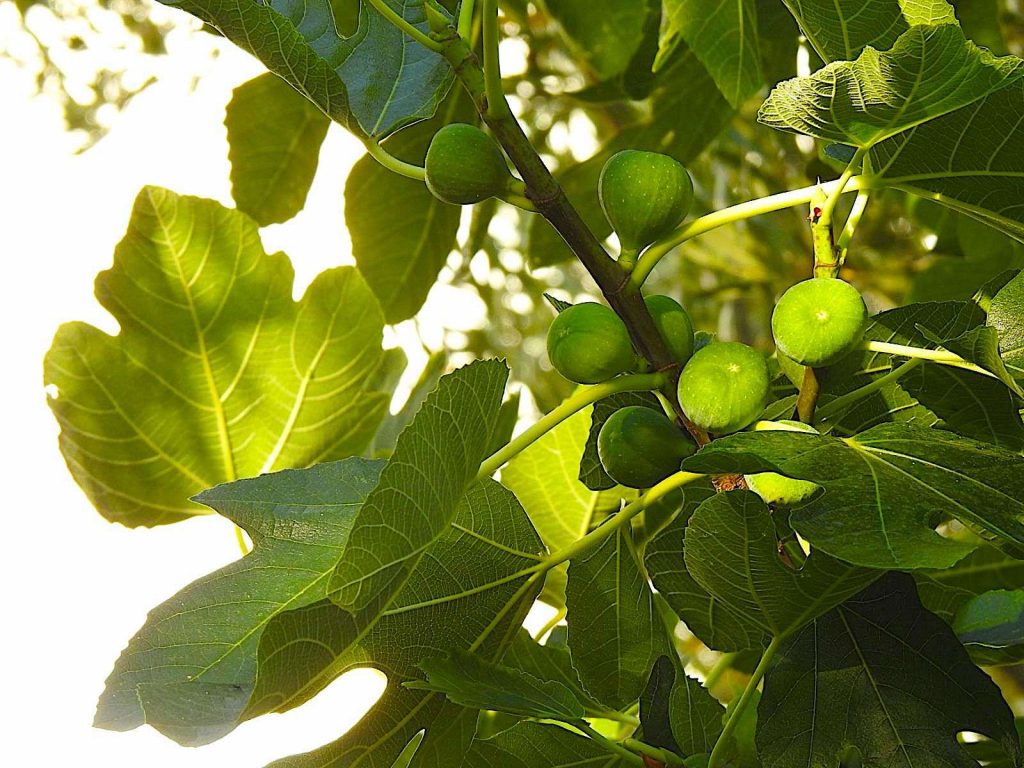
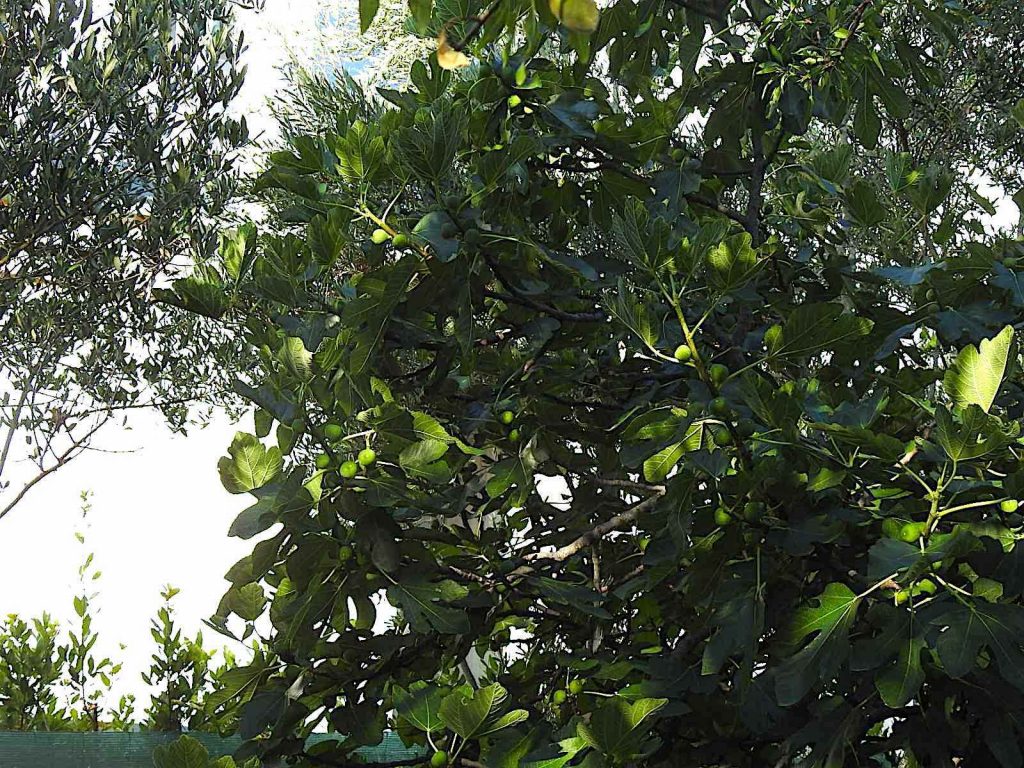
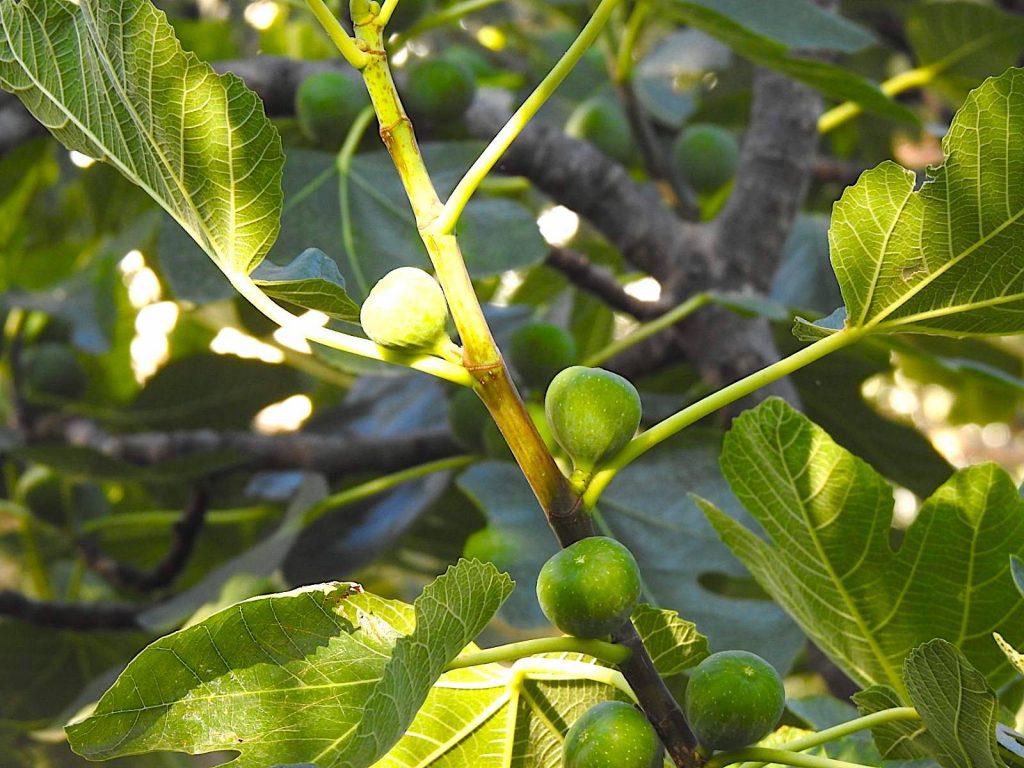
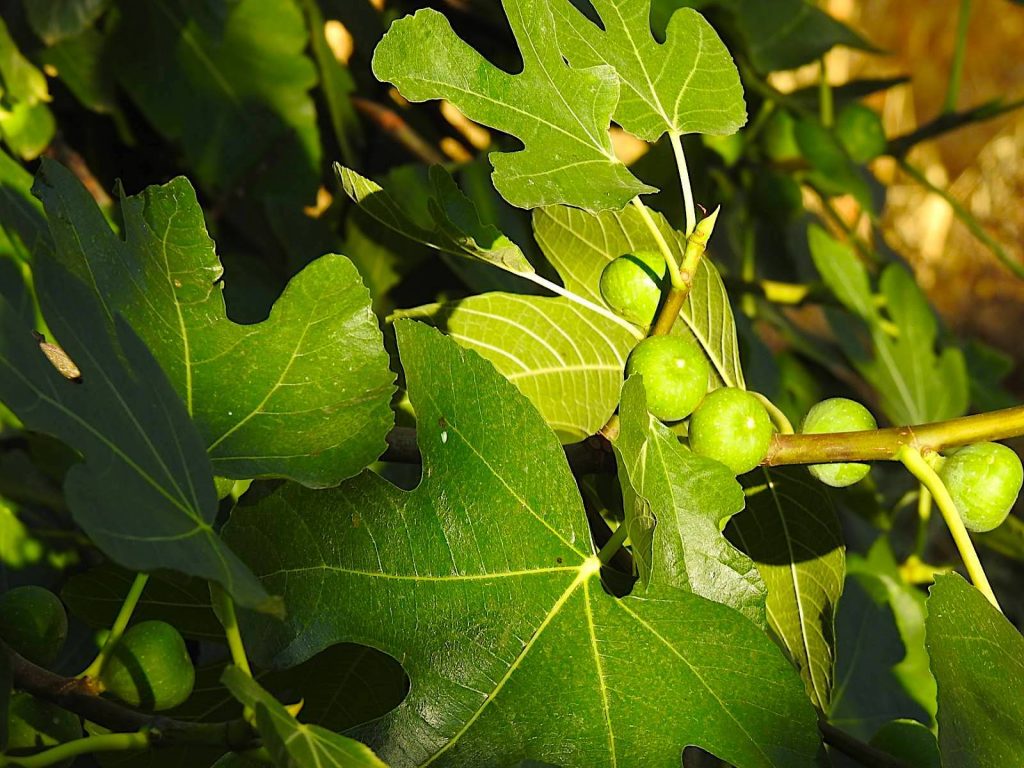
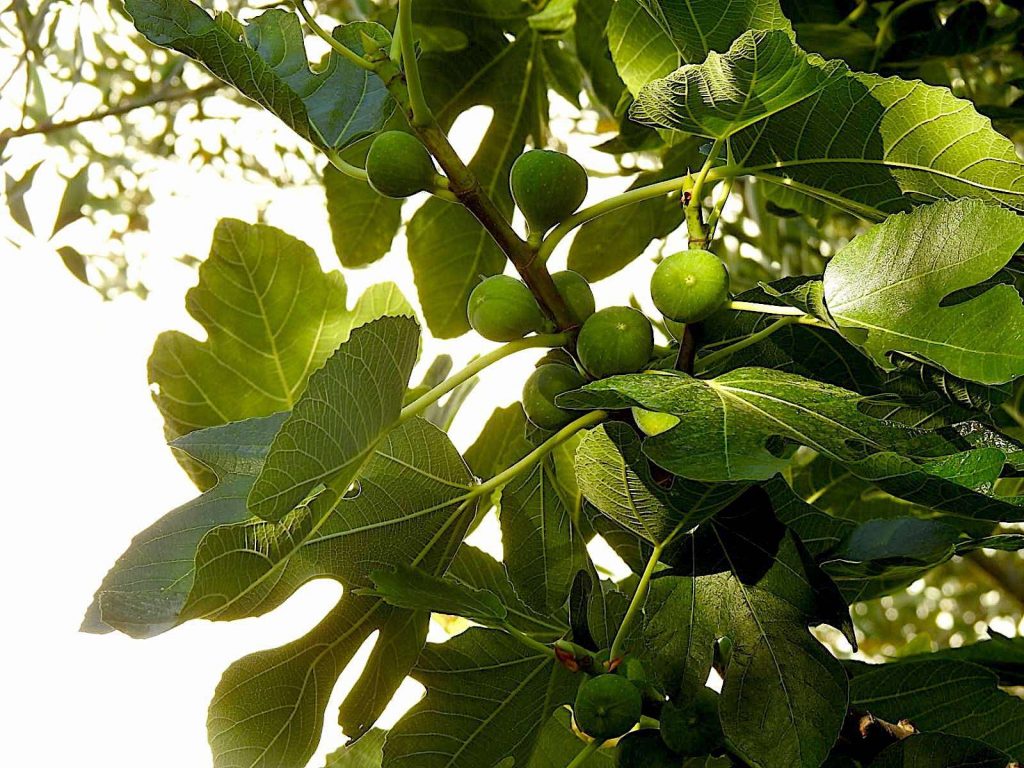
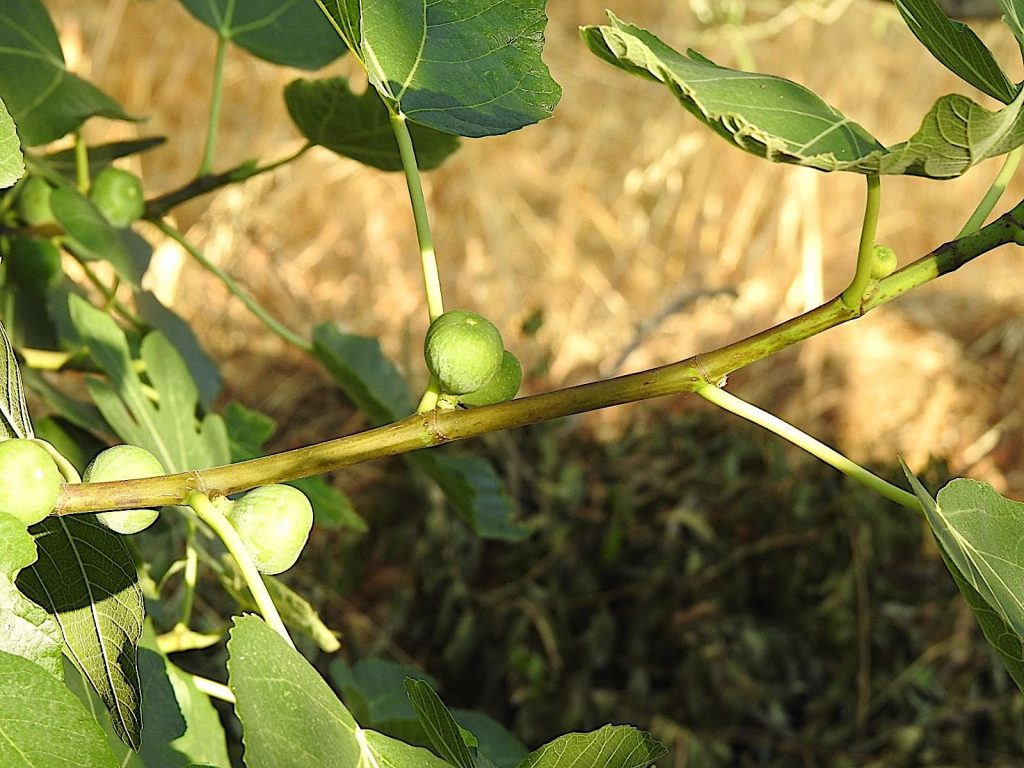
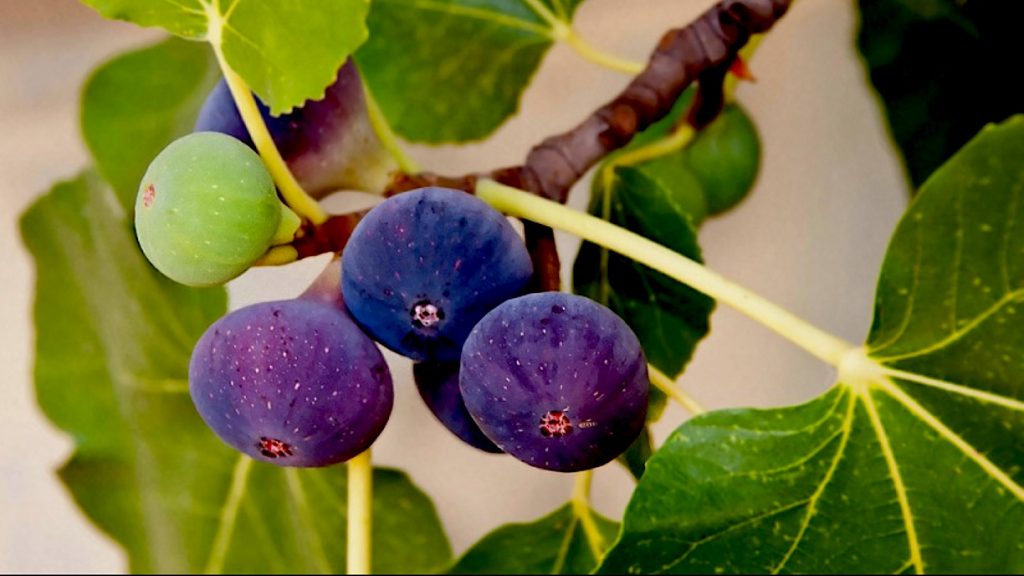
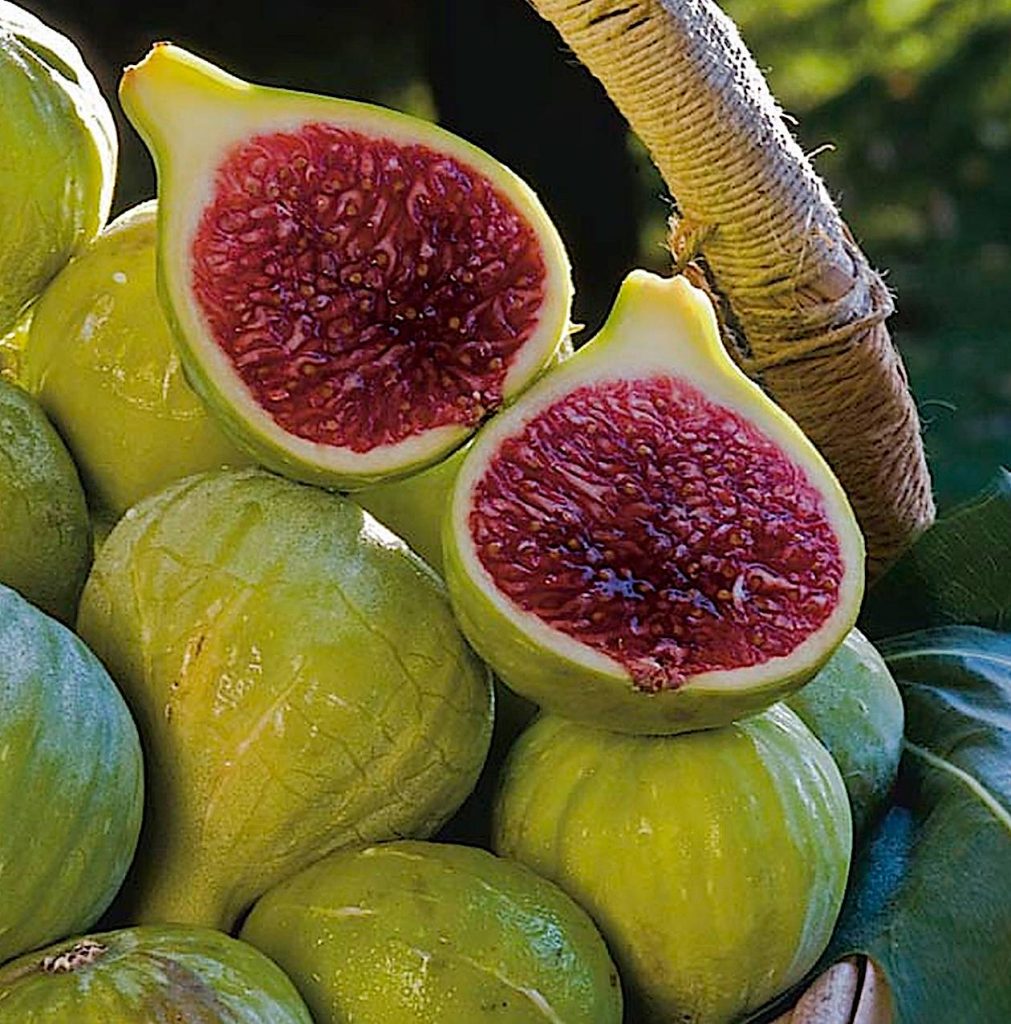
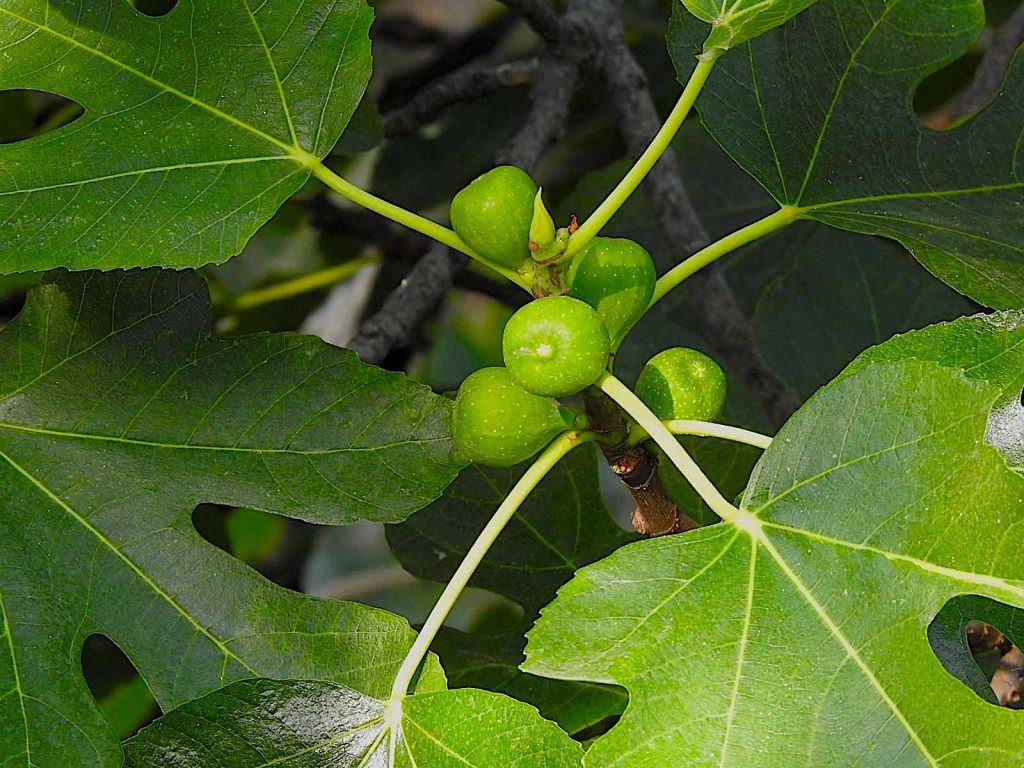
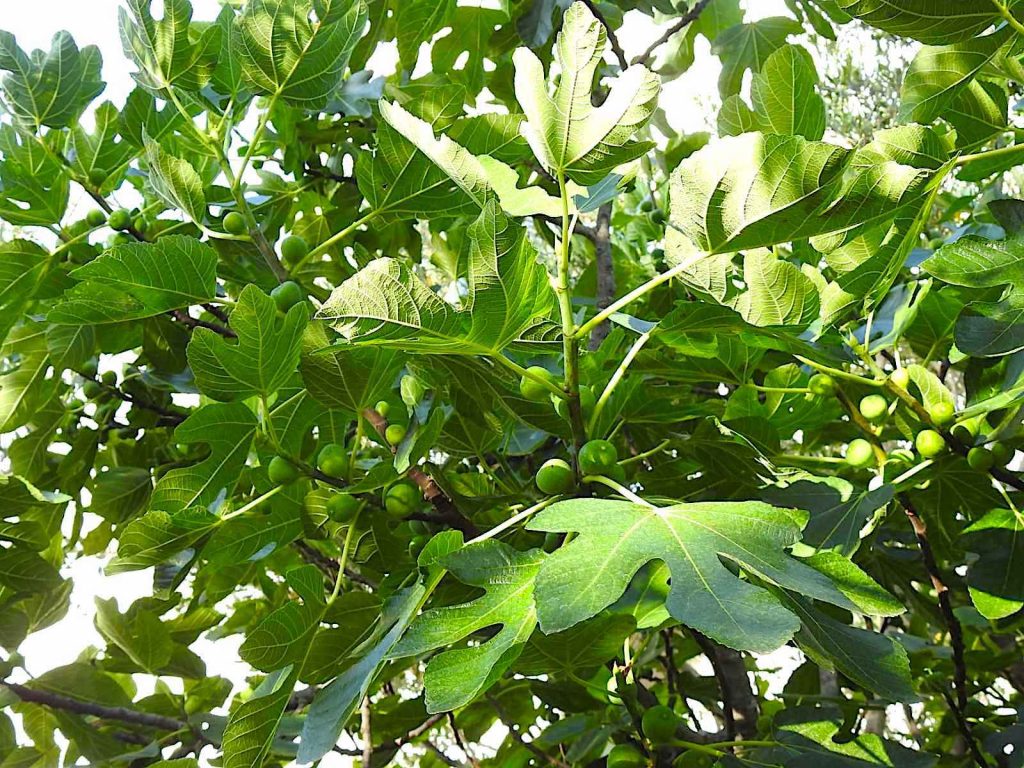
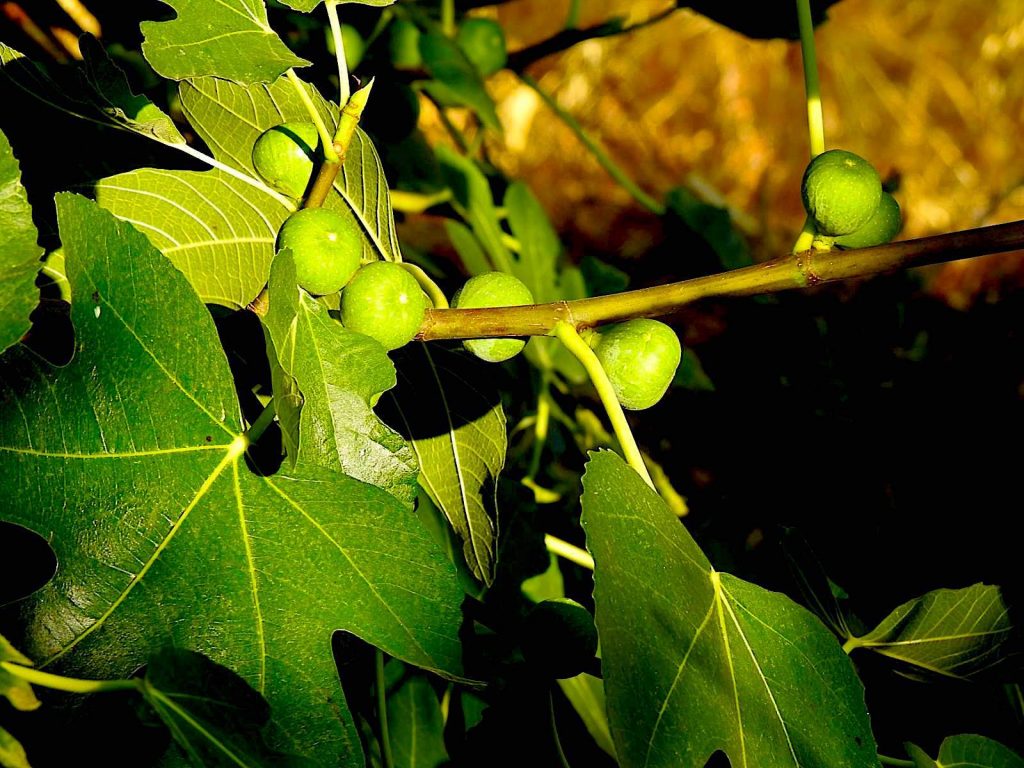
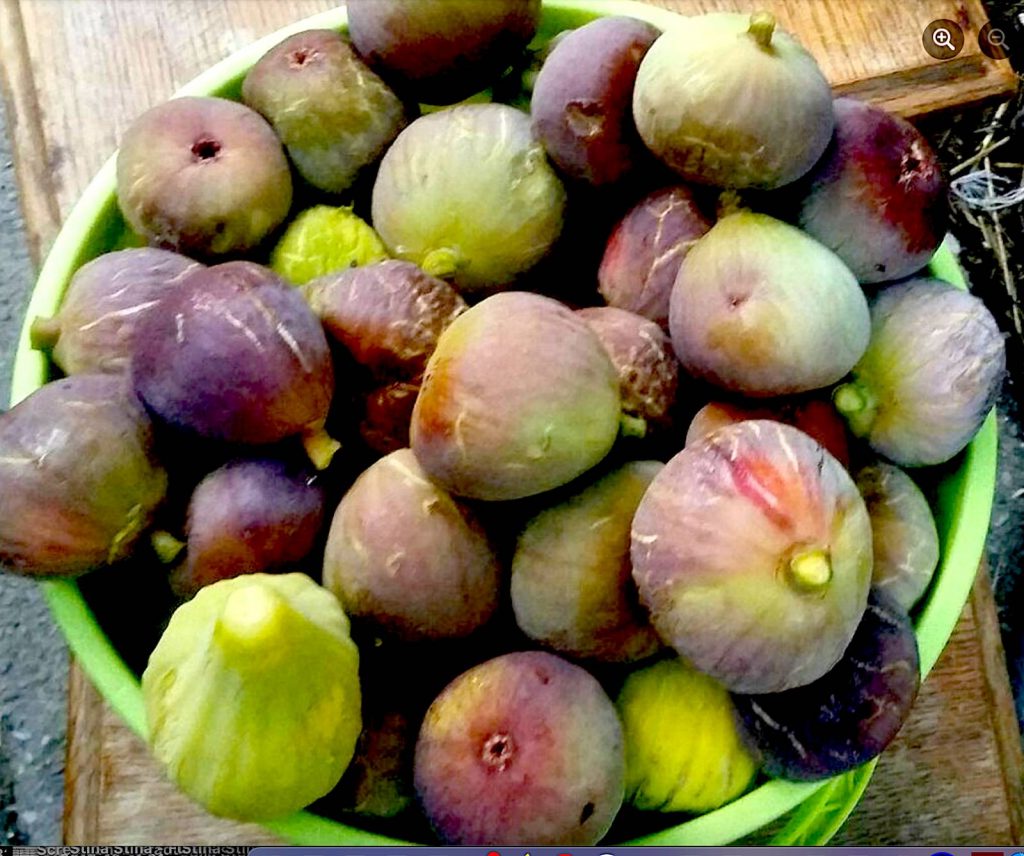
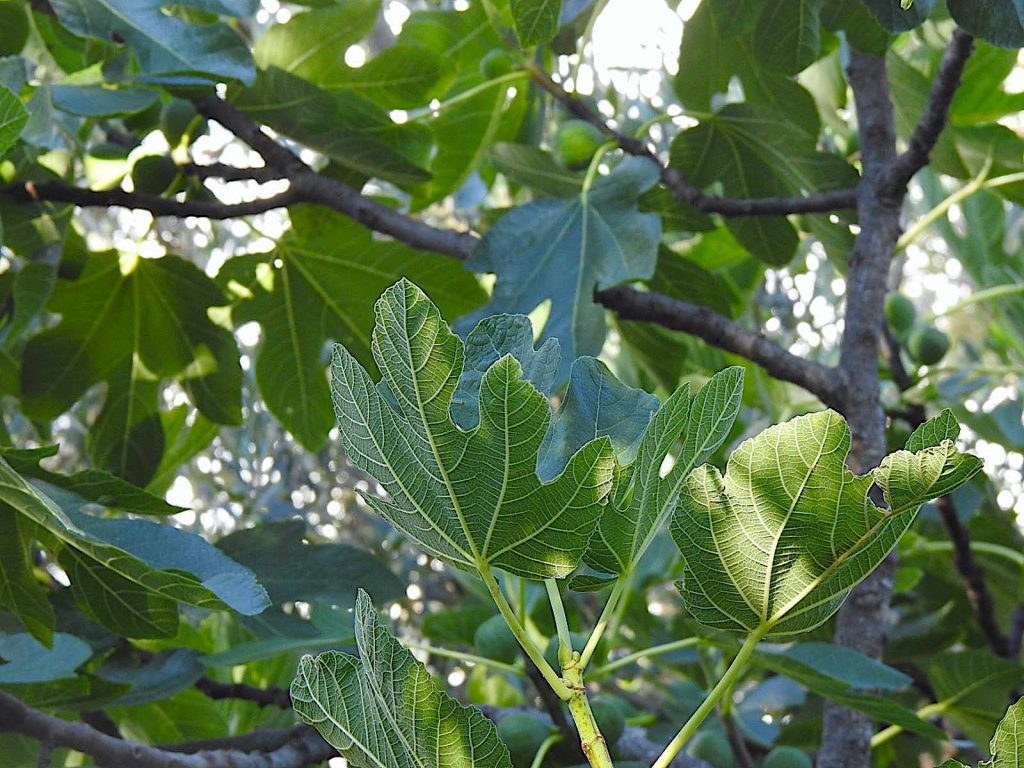
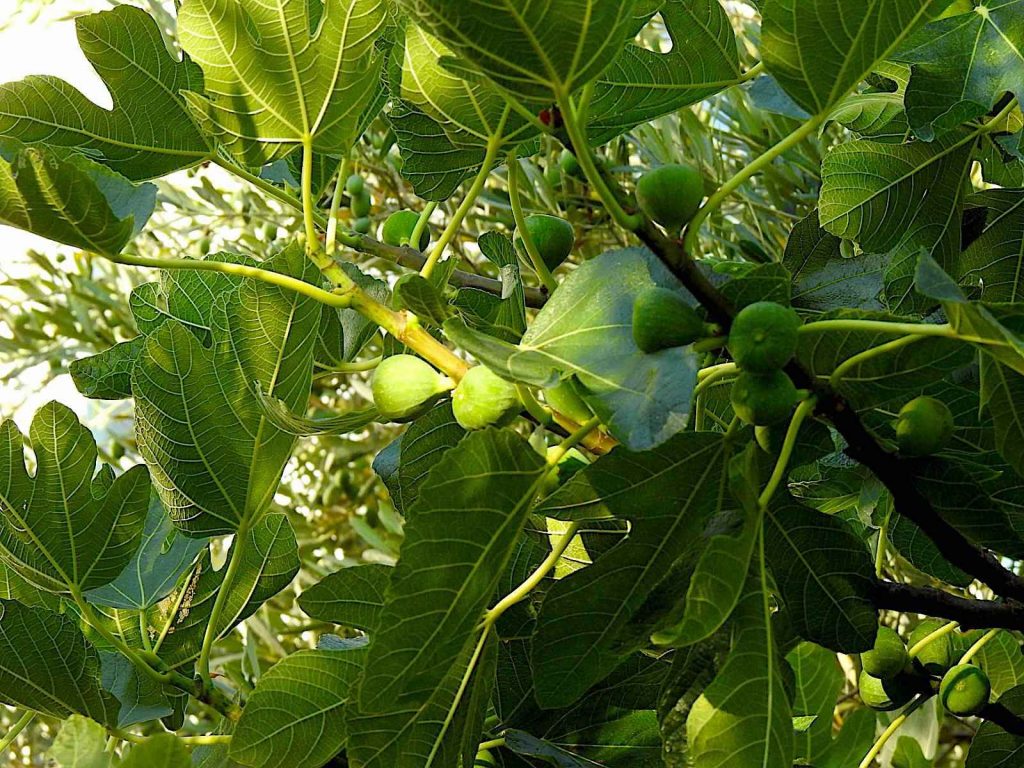
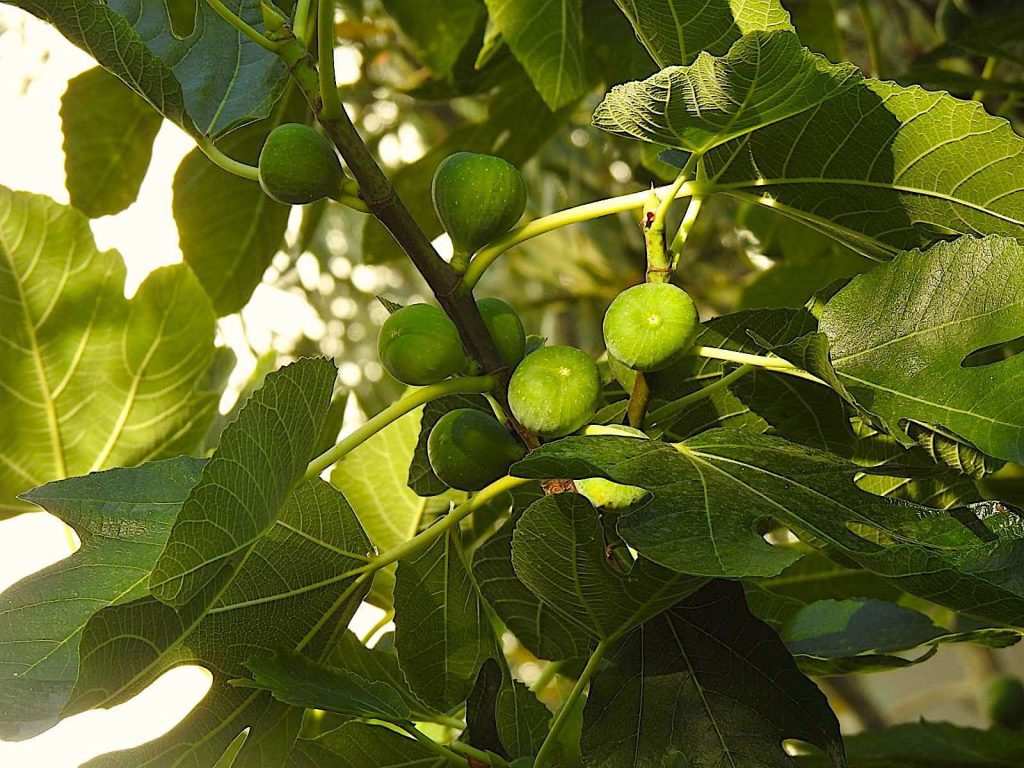
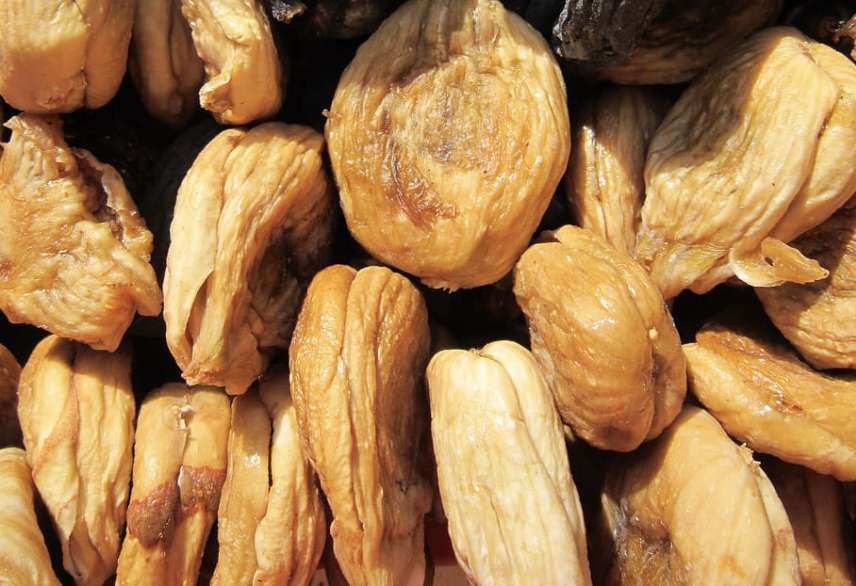
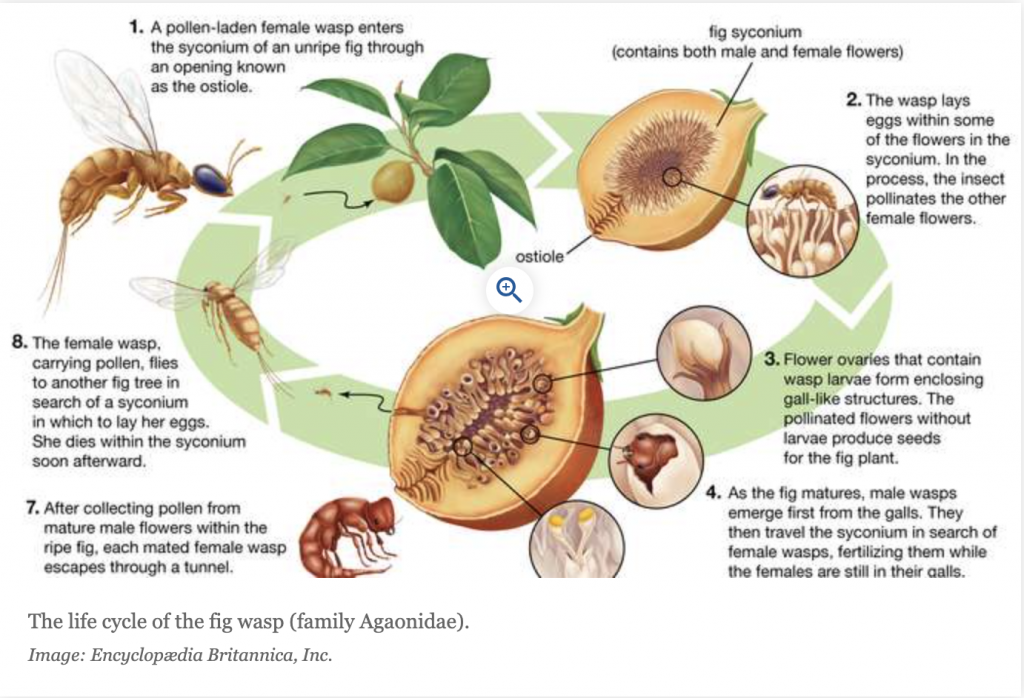
This detailed diagram is from Britannica.
Nika Strok Underwood
